Understanding Landforms Worksheets
Landforms are fascinating geographical features that shape our planet's surface. Learning about landforms can be a captivating experience for students of all ages. Whether you are a teacher searching for engaging educational resources or a parent looking to support your child's learning, these landforms worksheets are designed to provide a comprehensive understanding of this captivating subject.
Table of Images 👆
More Other Worksheets
Kindergarten Worksheet My RoomSpanish Verb Worksheets
Cooking Vocabulary Worksheet
DNA Code Worksheet
Meiosis Worksheet Answer Key
Art Handouts and Worksheets
7 Elements of Art Worksheets
All Amendment Worksheet
Symmetry Art Worksheets
Daily Meal Planning Worksheet
What is a landform?
A landform is a natural feature of the Earth's surface, such as mountains, valleys, plains, plateaus, or canyons, that is created by natural processes like erosion, deposition, or tectonic activity. These physical features play a critical role in shaping the landscape and are important components of the Earth's geology.
How are landforms created?
Landforms are created through a combination of geological processes such as erosion, weathering, tectonic activity, and deposition. Erosion by wind, water, and ice can carve out landforms like valleys, canyons, and caves, while tectonic activity such as volcanism and earthquakes can create mountains, plateaus, and rift valleys. Weathering breaks down rocks and minerals into smaller particles that contribute to the formation of various landforms, and deposition of these particles by natural forces like wind, water, and glacial movement can build up landforms such as deltas, beaches, and dunes.
What are the different types of landforms?
Some of the different types of landforms include mountains, plateaus, valleys, plains, hills, deserts, beaches, rivers, lakes, oceans, and islands. These landforms are shaped by various natural processes such as tectonic activity, erosion, weathering, and deposition, each offering unique landscapes and habitats across the Earth's surface.
How do mountains form?
Mountains form through a variety of geological processes, such as tectonic plate movements, volcanic activity, and erosion. The most common way mountains form is through the collision of tectonic plates, where one plate is forced beneath another in a process called subduction. This collision causes the Earth's crust to buckle and fold, creating vast mountain ranges. Additionally, volcanic activity can also lead to the formation of mountains as magma rises to the surface and solidifies. Erosion plays a critical role in shaping mountains over time, wearing down the peaks and creating valleys and other distinctive features.
What is a valley and how is it formed?
A valley is a low area of land between two hills or mountains, typically with a river running through it. Valleys are formed through various geological processes such as erosion by water, ice, or wind, and tectonic activity like the movement of tectonic plates causing the land to sink and create a depression. Over time, these processes shape and carve out the land, creating the distinctive features of a valley.
What are plateaus and how do they form?
Plateaus are flat, elevated areas of land that are separated from surrounding areas by steep slopes or cliffs. They are formed through a combination of tectonic activity, erosion, and volcanic processes. Tectonic forces can uplift the land, while erosion by wind, water, and ice can gradually wear down the surrounding areas, leaving the plateau standing higher. Volcanic activity can also contribute to plateau formation by creating layers of hardened lava that build up over time. Ultimately, plateaus are the result of a complex interplay of geological processes that shape the Earth's surface.
How are canyons created?
Canyons are typically formed through the process of erosion over a long period of time, often by the flow of water from rivers or streams. The force of the flowing water gradually wears away the rock layers, deepening and widening the canyon. Other factors such as weathering, seismic activity, and glaciation can also contribute to the formation of canyons. Ultimately, the combination of these natural forces carves out the distinctive and dramatic landscapes that we recognize as canyons.
What is a plain and how is it formed?
A plain is a flat expanse of land, typically low-lying and lacking significant elevation changes. Plains are formed through a variety of natural processes such as sediment accumulation from rivers or glaciers, erosion of higher elevations, and volcanic activity. Over time, these processes create vast stretches of level terrain that are characteristic of plains.
How do coastal landforms like beaches and cliffs form?
Beaches and cliffs form through a combination of erosion and deposition processes. Coastal erosion occurs as waves, currents, and wind slowly wear away the land, creating cliffs over time. Deposition then occurs when sediments carried by these forces settle along the shore, forming beaches. The shape and composition of these landforms are also influenced by factors such as the type of rock and sediment present, as well as sea level changes. Over time, coastal landforms continue to evolve due to ongoing natural processes.
What are some examples of man-made landforms?
Some examples of man-made landforms include dams, canals, terraces, landfills, embankments, highways, and skyscrapers. These structures are built by humans to serve specific purposes or to shape the landscape for agricultural, industrial, residential, or recreational development.
Have something to share?
Who is Worksheeto?
At Worksheeto, we are committed to delivering an extensive and varied portfolio of superior quality worksheets, designed to address the educational demands of students, educators, and parents.

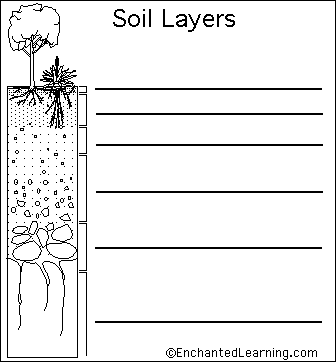



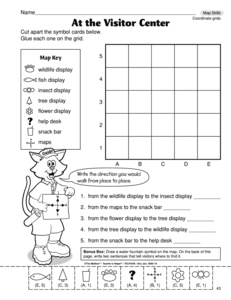

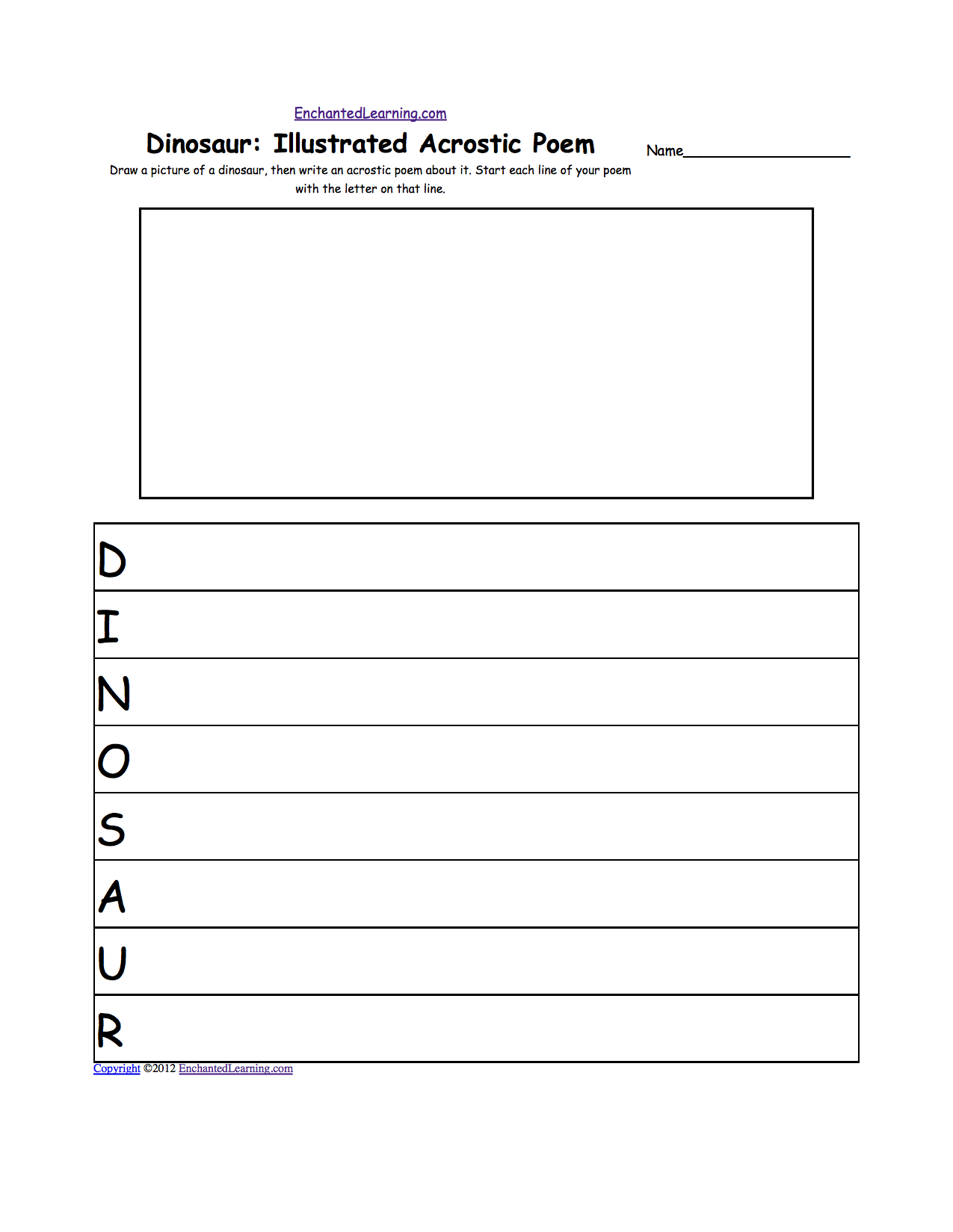
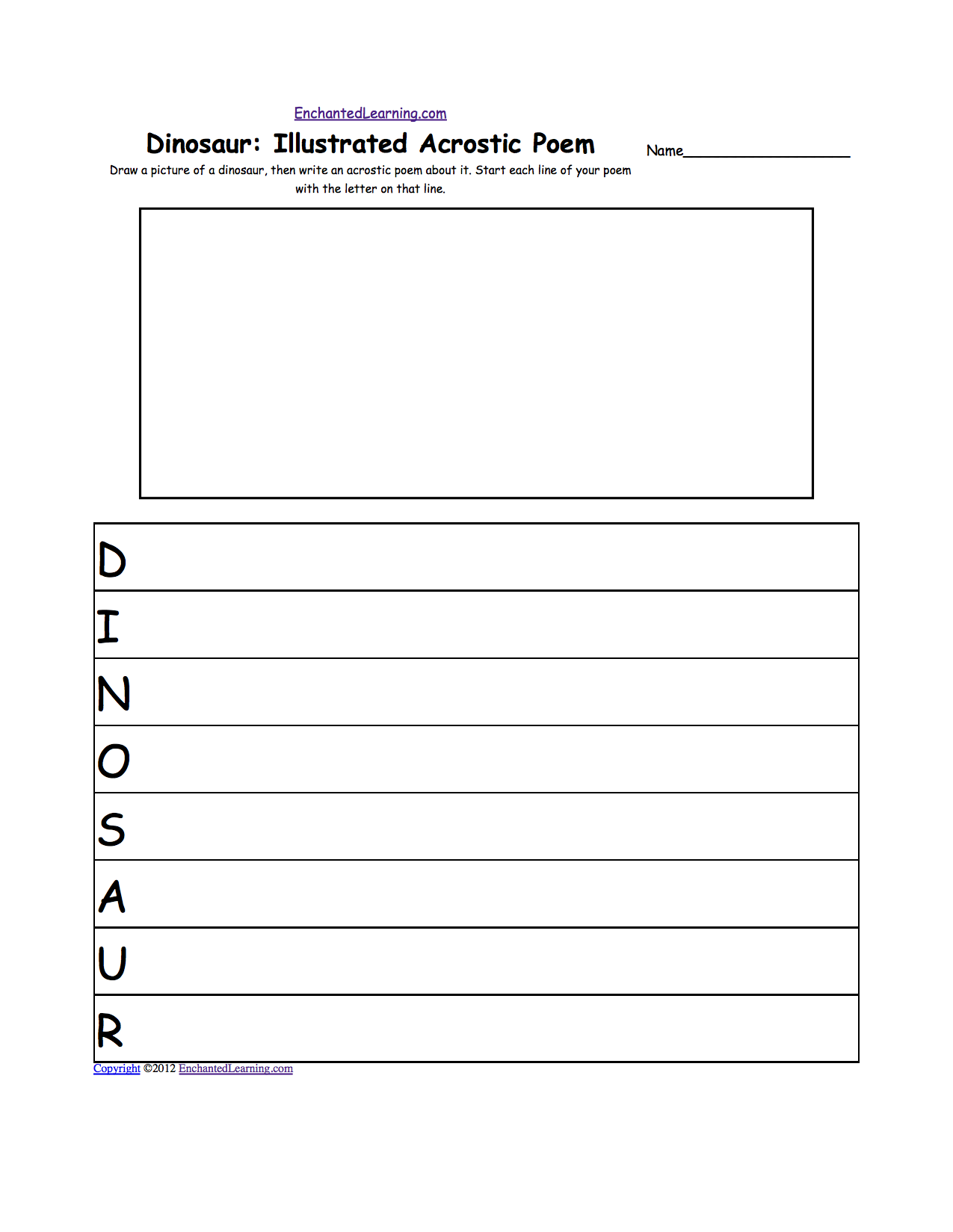
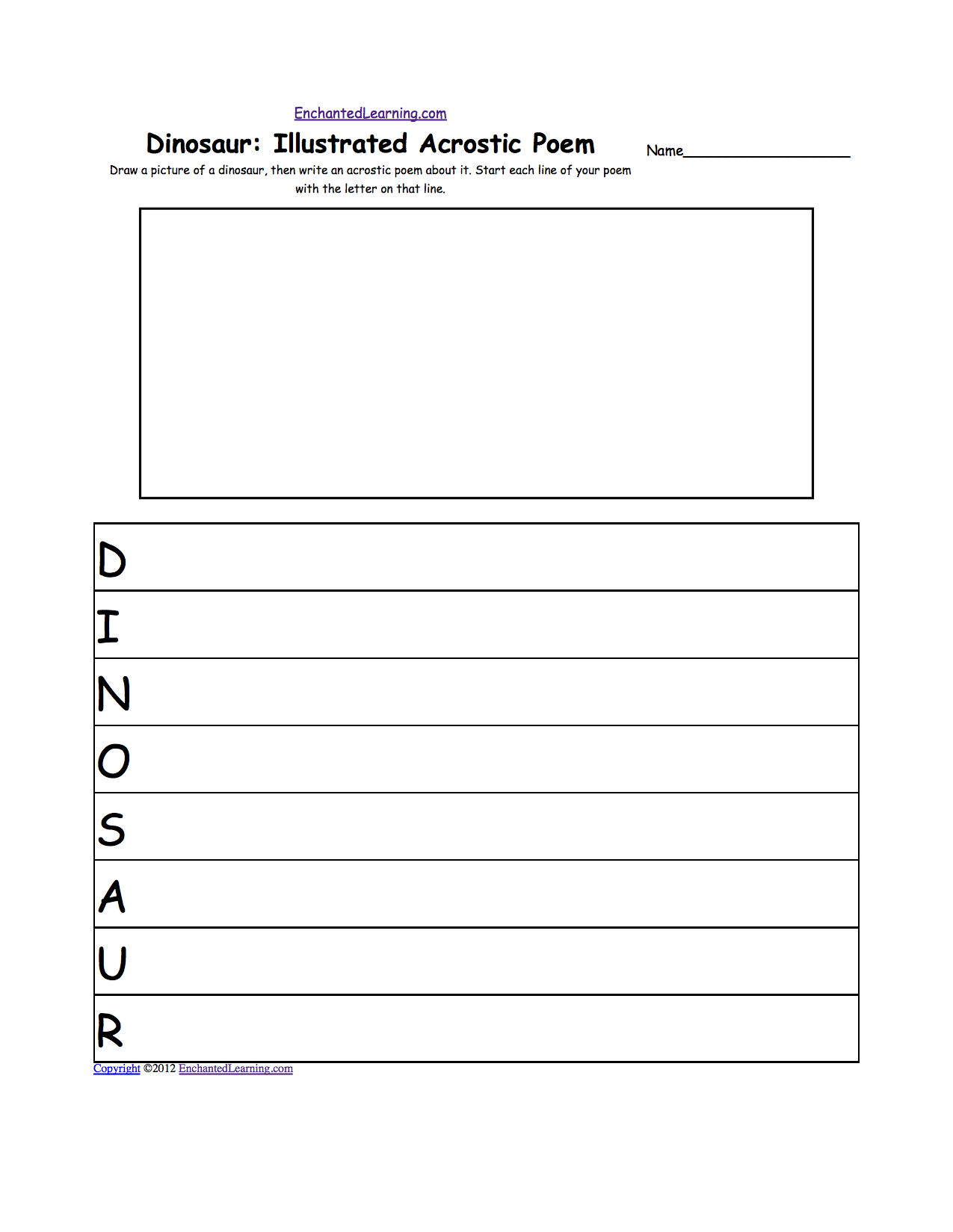
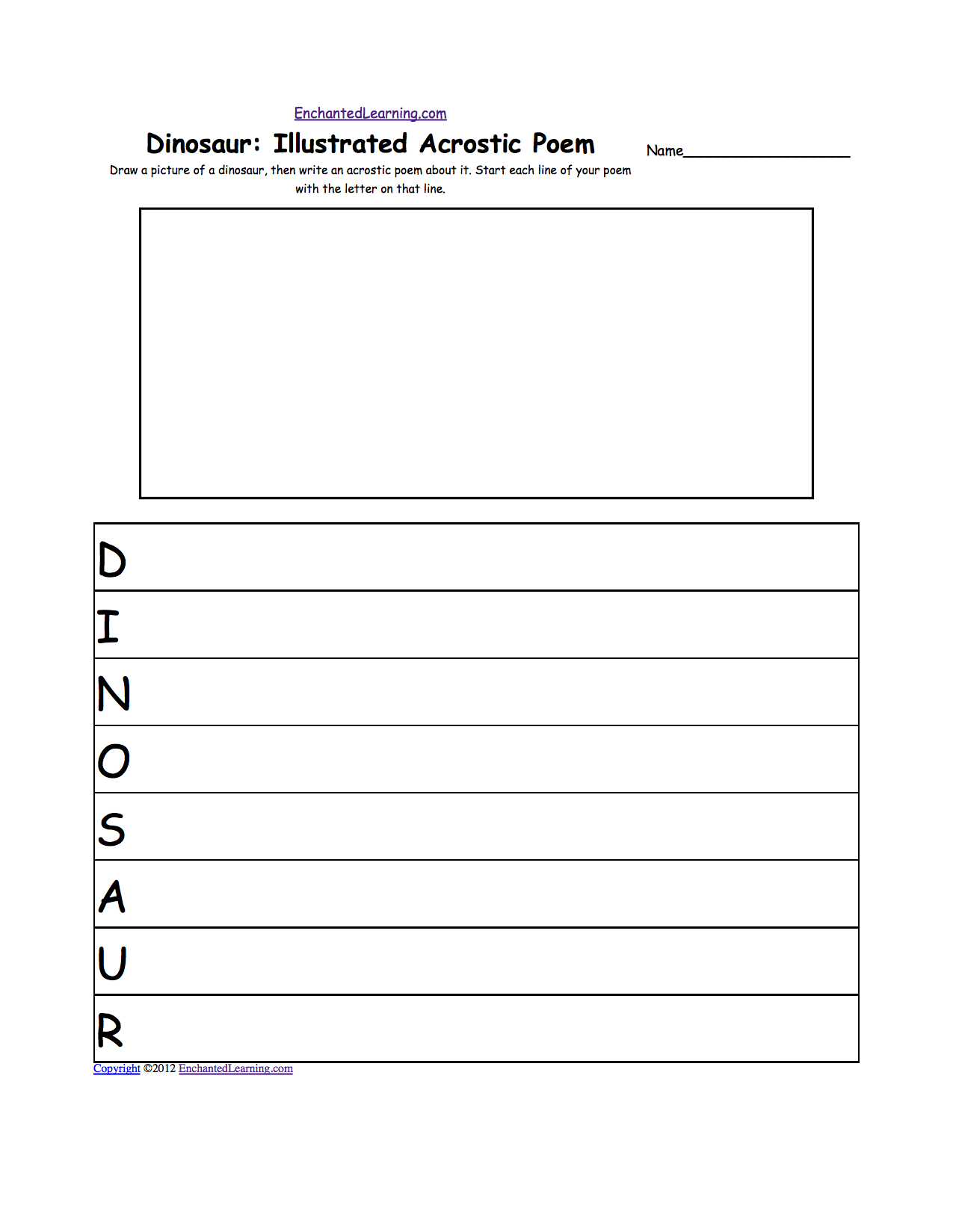
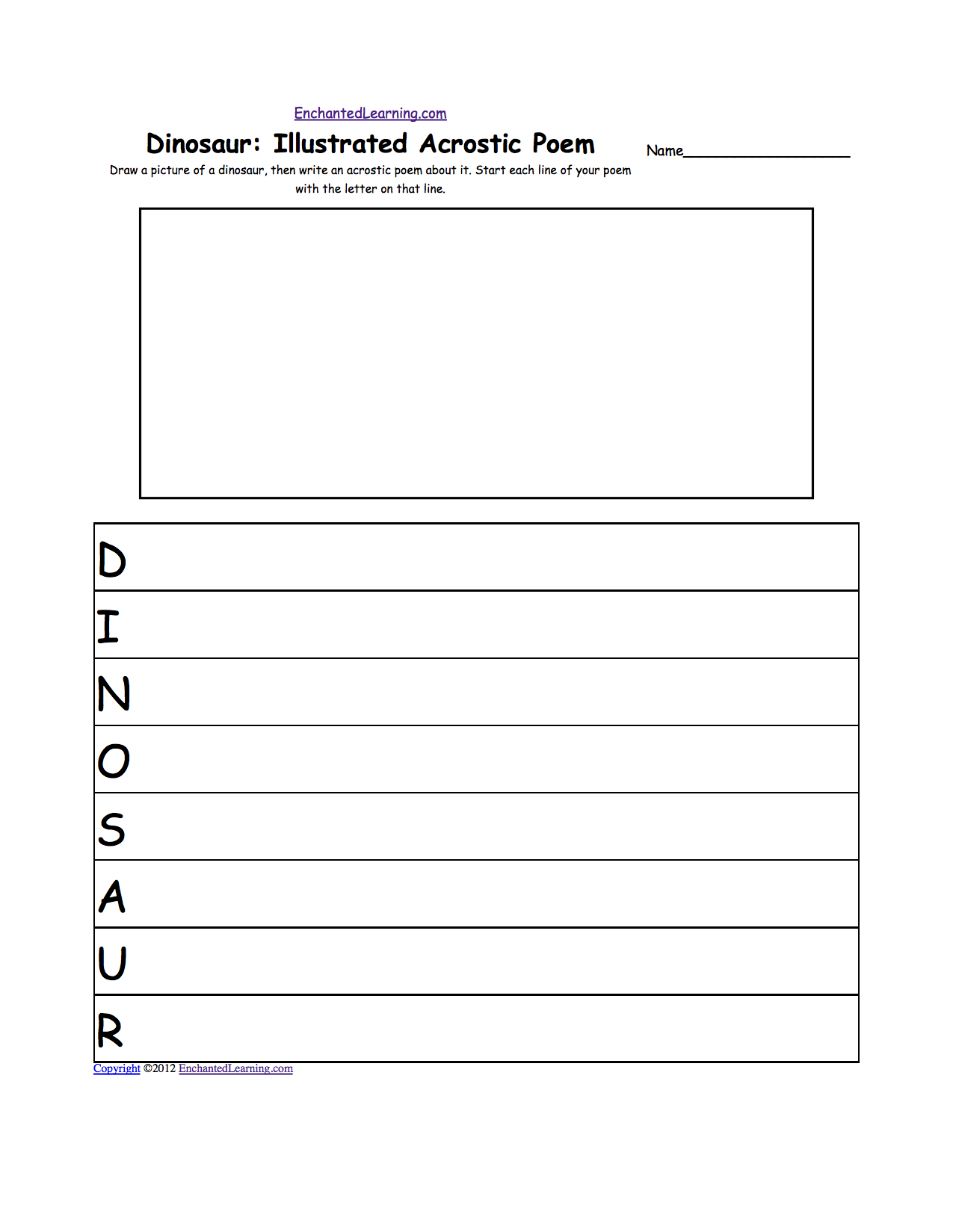
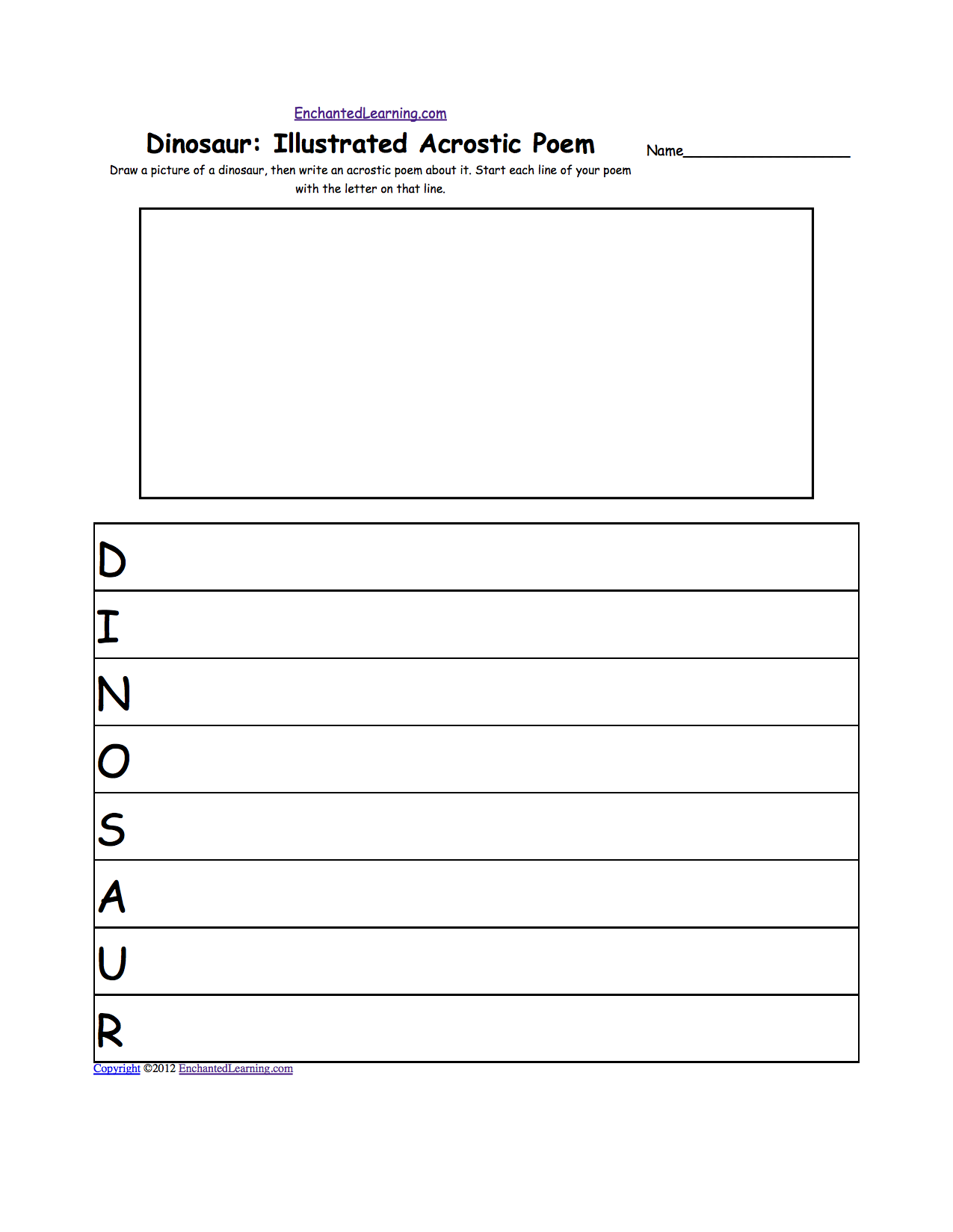
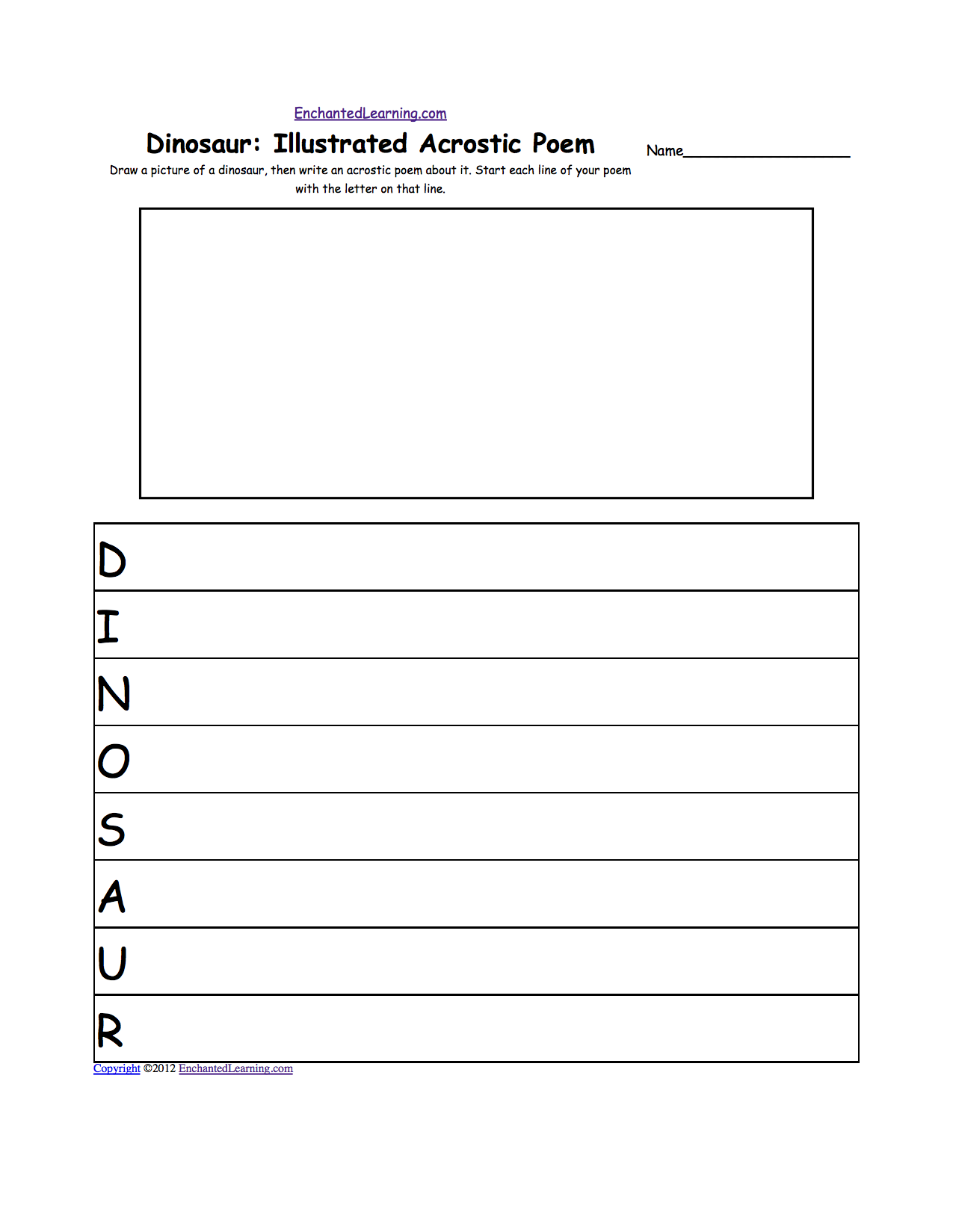
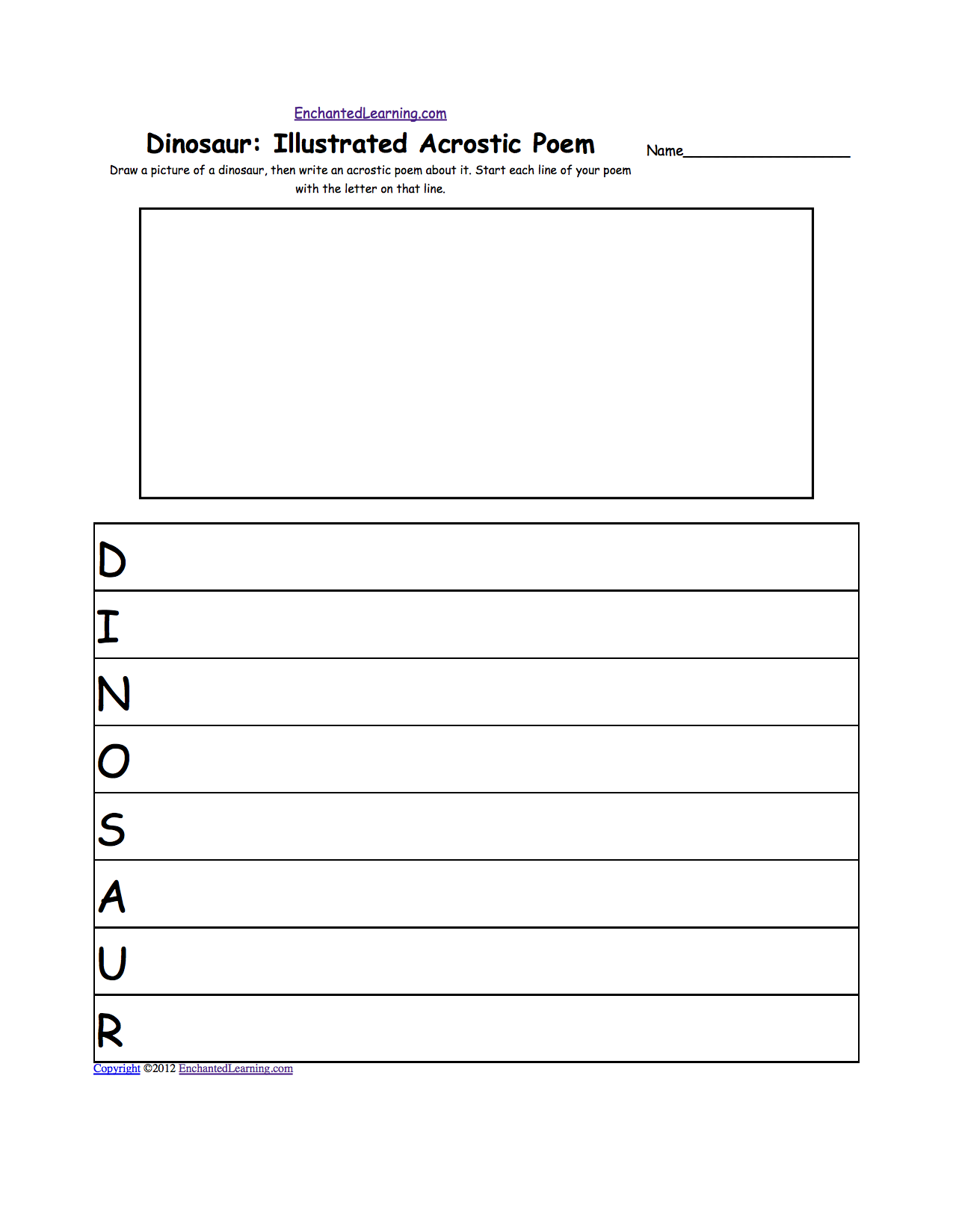
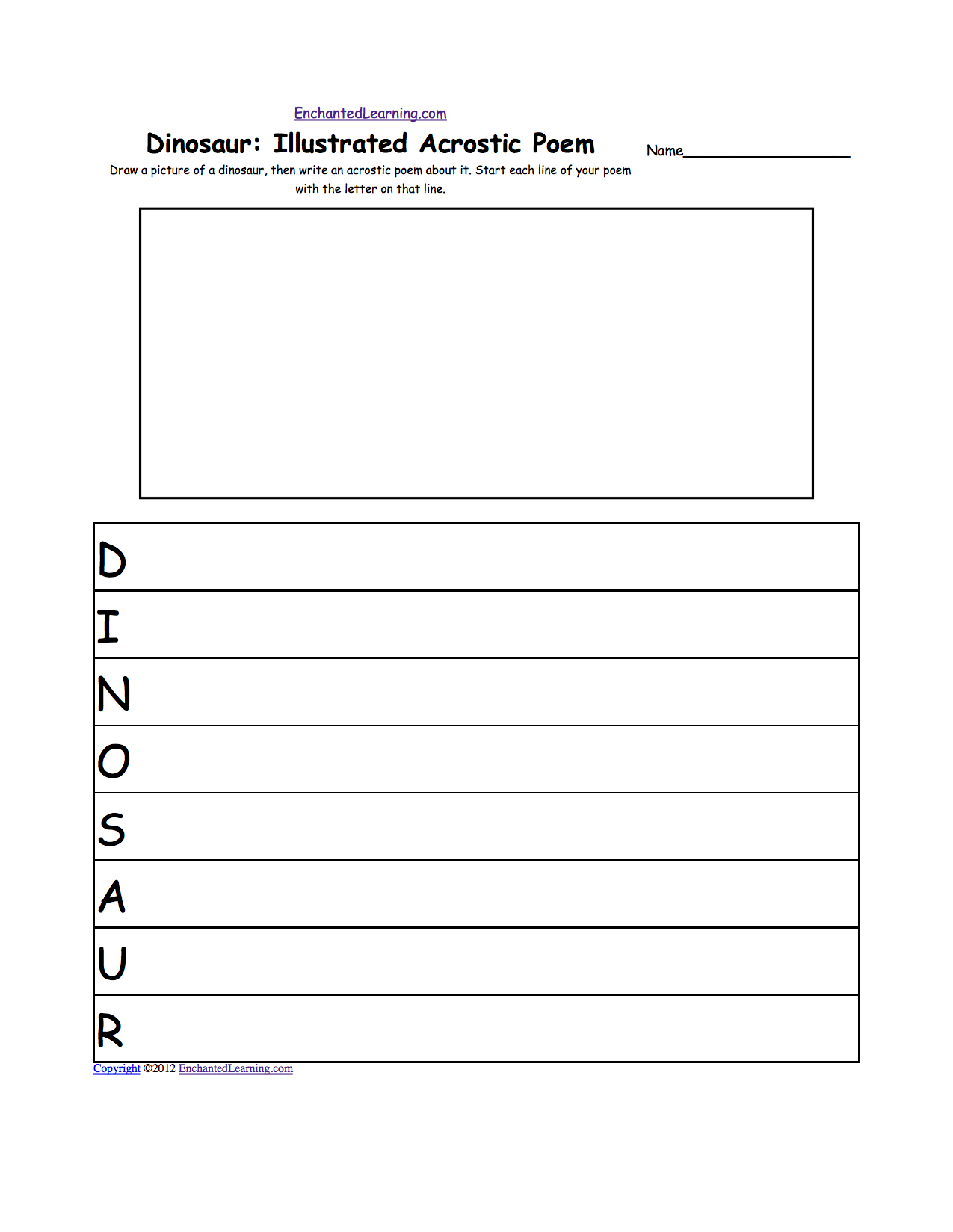
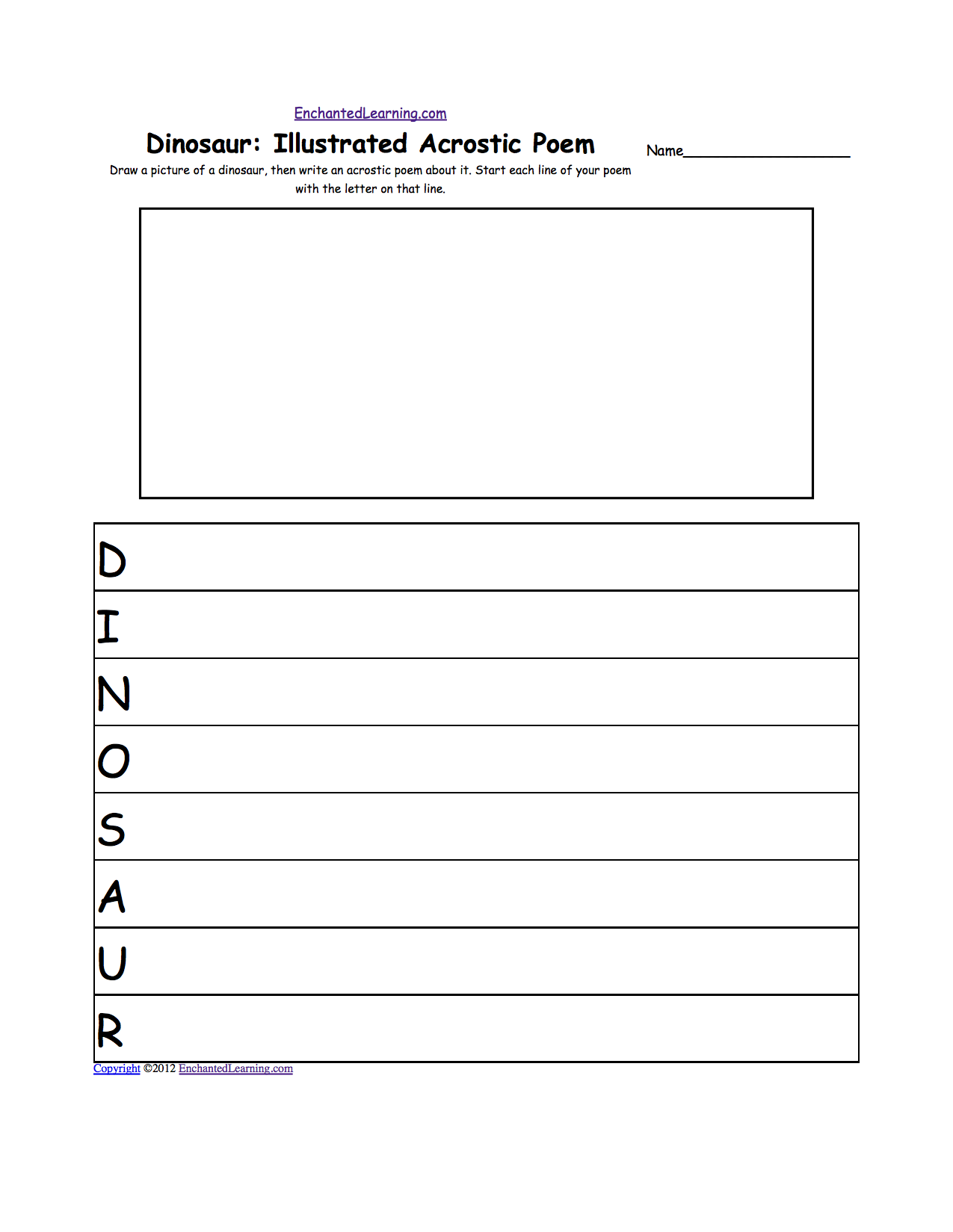
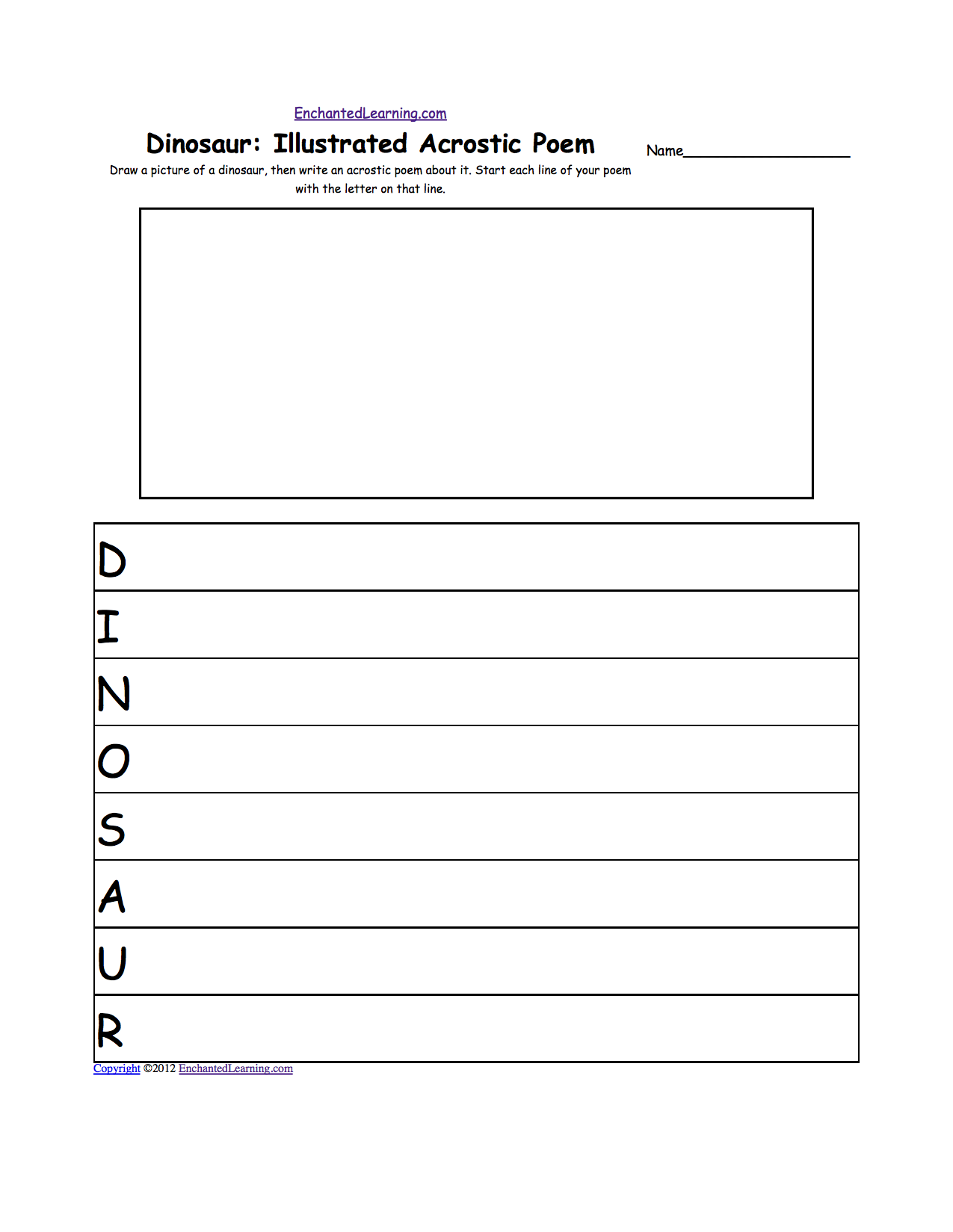
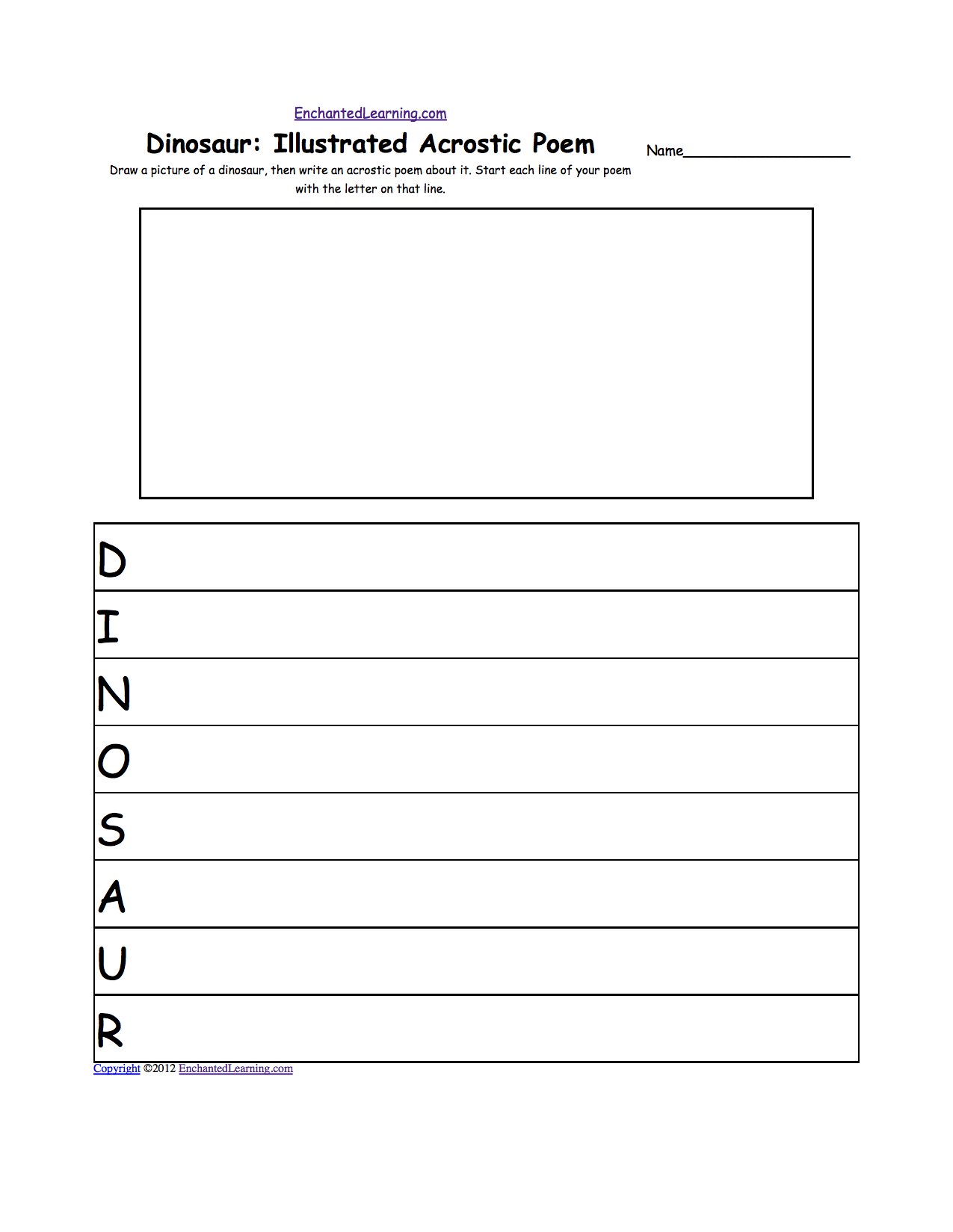
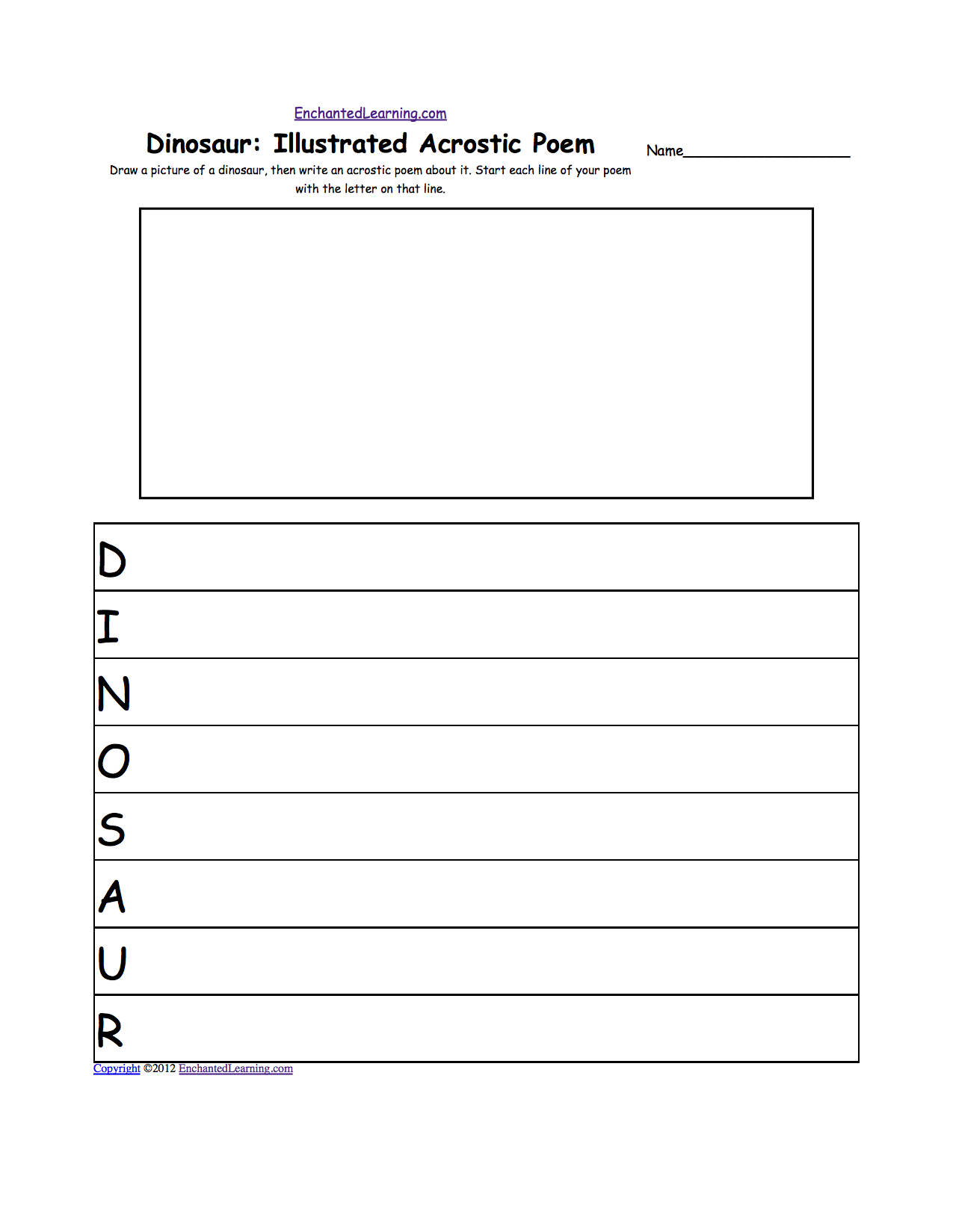















Comments